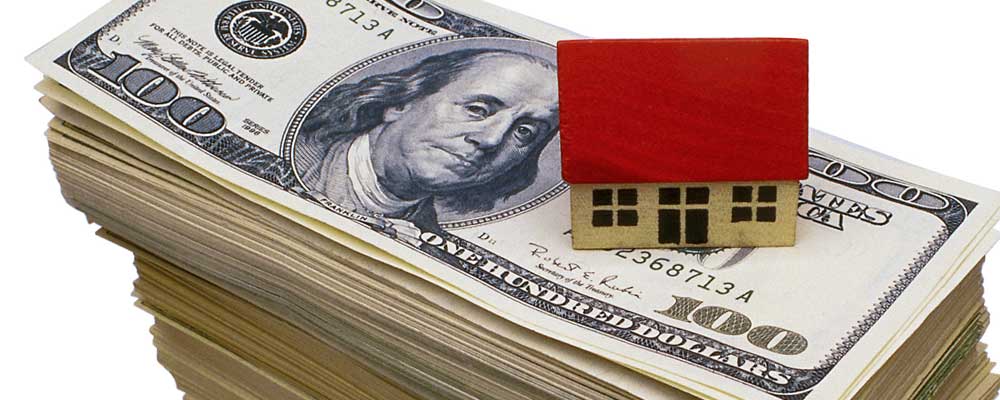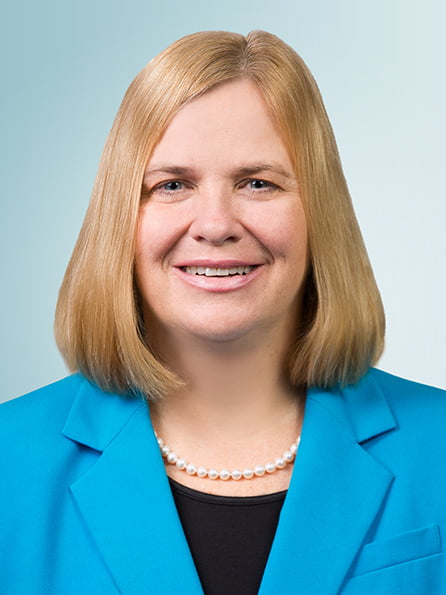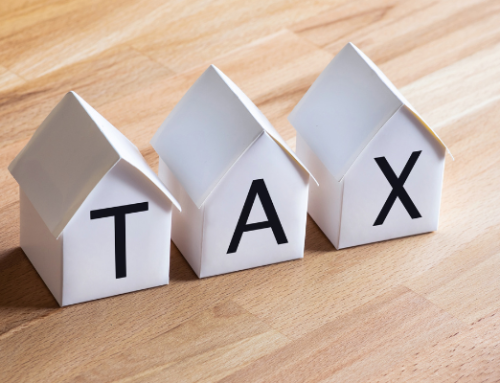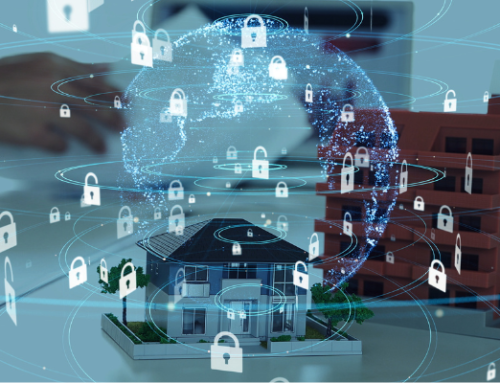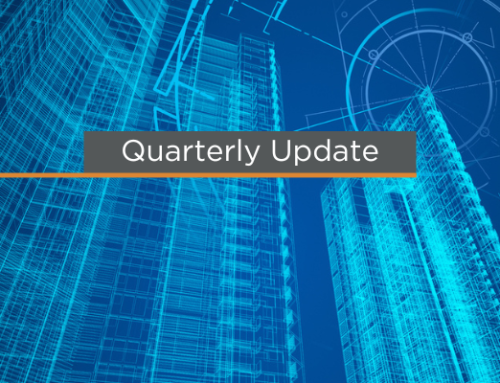Energy-efficient building design has been gaining more traction in recent years. When sourcing renewable materials or designing for sustainability, there are more ways than ever for building owners and designers to save money on taxes and offset construction costs. One of the options used to be the Section 179D Energy Efficient Commercial Building Deduction, but it expired at the end of 2017.
Thanks to a massive tax and spending bill signed into law at the end of December 2019, Section 179D was not only made retroactive for buildings placed into service in 2018 and 2019, it also carries forward for 2020. The Section 179D deduction can be a valuable addition to energy-efficient building design: at a maximum of $1.80 per square foot, the deduction can be significant depending upon the size of the building.
As the deduction was recently extended, it may be an excellent time for building owners and designers – especially for government-owned facilities – to evaluate whether any new or remodeled buildings placed into service in the past two years would qualify for Section 179D. If so, they will need to file an amended return to claim the deduction.
What Is Section 179D?
Section 179D was first established as part of the Energy Policy Act of 2005. The benefit is that through the deduction, qualified taxpayers can write off up to the full purchase price of eligible energy efficient systems the same year the building is completed. Deductions like Section 179D help give building owners or designers a source of almost immediate cash flow as an incentive for incorporating environmentally aware design and building practices. Qualifying for Section 179D requires use of approved software and an independent third-party site visit.
The tax deduction is available for up to $1.80 per square foot and applies to the installation of energy efficient systems into new or existing facilities. It was extended each year until it was allowed to expire on December 31, 2017 (and more recently, made retroactive for 2018, 2019, and 2020).
Eligible improvements to:
- HVAC systems,
- Building envelope, or
- Interior lighting
qualify for the deduction, if the installed systems reduce the building’s total energy and power cost by at least 50 percent. The amount of the deduction is capped at the cost of the capitalized improvements and varies according to the project’s square footage.
Buildings that do not meet the 50 percent standard still may be eligible for a partial deduction. The Department of Energy has more information on partial deduction allowances.
Considering that commercial buildings are responsible for as much as 73 percent of electrical usage in the United States, even a small decrease in energy consumption can go a long way for the environment, and in tax savings.
Who Can Benefit from Section 179D?
Building owners of commercial properties and in some cases building tenants or designers can claim the deduction.
- Commercial property owners. All owners of commercial property who make eligible improvements to their property. Office buildings, retail buildings, industrial buildings, warehouses and apartment buildings over four stories tall fall into this category.
- Tenants who make eligible energy-efficient improvements to their leased space may also be eligible, if they incurred construction-related costs themselves.
- Designers and others of federal, state and local government buildings. New and renovated federal, state and local government buildings such as schools, libraries, transportation facilities and airports are eligible for this deduction. However, because governments cannot directly benefit from Section 179D, they can instead elect to transfer the deduction to the project designers (i.e., architects, engineers, contractors, environmental consultants, energy service providers and retrofitters). In these cases, designers need to secure an allocation letter.
Other tax-exempt organizations, like not-for-profits or universities, are not eligible for the deduction, either.
What Upgrades are Eligible for Section 179D?
There are many ways to qualify for Section 179D. When considering new systems or upgrades, keep in mind that improvements must exceed American Society of Heating, Refrigeration, and Air Conditioning Engineers (ASHRAE) standards; the standards vary depending on when the building was placed into service. With that in mind, these are some suggestions for building owners and designers considering how to incorporate energy efficient design and building materials into a project.
HVAC: Systems that control heat, humidity, and airflow indoors
The heating, ventilation, and air conditioning (HVAC) systems help control the level of comfort inside a building and can be responsible for significant cost outputs. Investing in a new HVAC system or retrofitting an older one are the two primary means of improving energy efficiency. In addition, insulation, digital thermostats, shading on windows, heat pump systems, and solar heating are other examples of an energy efficient HVAC system.
Building Envelope: Walls, floors, roofs, windows and other openings, and doors
The building envelope is highly susceptible to air and heat transfer between the building’s interior and exterior. Upgrades and new construction that enhance insulation and reduce air leakage are types of projects that would help qualify for Section 179D.
Examples are insulation with high R-values, metal insulated panels for walls or roofs, high-quality window glazing with low-e coatings, green roof systems, or using environmentally friendly raw materials and limiting use of materials that generate high amounts of carbon emissions, like concrete.
Lighting: Mechanical and natural lighting sources
Lighting systems can enhance a building’s visual appeal as much as satisfy the basic need of illuminating the indoor environment. Electricity is also a cost center for occupants and owners. Daylighting, use of LED light bulbs, occupancy sensors, dimmer and/or bi-level switches, and soft-start electronic ballasts are examples of energy efficient lighting design.
Section 179D cannot be claimed for renewable electricity, even though it is still an important component of overall sustainable design.
Claiming the Section 179D Deduction
Building owners that want to claim Section 179D for 2018 or 2019 should file an amended tax return for the year in question. Designers that want the deduction allocated for a government-owned building need to file an amended return with an approved allocation letter, which was mentioned earlier. In either case, recall that an approved third-party must conduct a site visit to assess the energy efficient improvements; only then will a building be considered certified. Self-certification is not an option, even if the building is already LEED-certified.
Section 179D is not the only way building owners and designers can save on taxes. Credits for renewable energy, like solar or wind power, are available and are separate from Section 179D.
Even though Section 179D has been renewed or made retroactive every year since its inception, as of now it is set to expire on December 31, 2020. Since construction is time-consuming and often involves delays, building owners and designers currently planning commercial projects might want to consider the timing, and whether any buildings or renovations scheduled for later this year should be moved up to claim the deduction.

